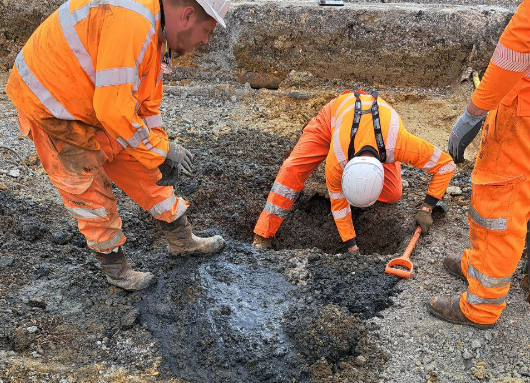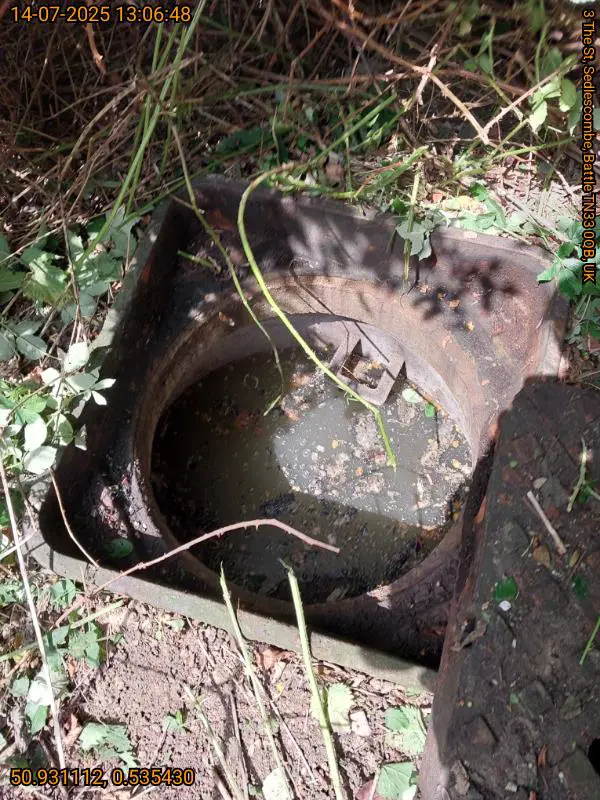
Digital sewers save Sussex river from pollution
Artificial intelligence beneath an East Sussex community’s feet saved the River Brede from a pollution scare.
The river was put at risk by the buildup of fat, oil, grease and other ‘unflushables’ in a sewer in Sedlescombe
But thanks to our system of digital sensors, our teams were able to tackle the blockage before it could cause gardens and homes to flood with wastewater.
Blocked sewers are the single biggest cause of pollution incidents – from manholes spilling into streams to gardens filling with sewage.
And the very worst kind is internal flooding, where sewers back up and pour into sinks, showers and loos.

Now, thanks to around 32,000 sewer lever monitors, we can constantly check on flows and spot anything out of the ordinary which might highlight a blockage or leak. This is what led us to Sedlescombe to clear out the nasty fatberg.
Daniel McElhinney, Proactive Operations Control Manager at Southern Water, said:
“The sensors measure the level of sewage flowing under manholes in blockage hotspots, but the real innovation is how machine learning or artificial intelligence learns the normal behaviour of sewers and can tell the difference between morning and evening rushes, rain in the system and a blockage forming.
“Instead of turning up after the event to clean up and commiserate with devastated customers we’re spotting hundreds of potential blockages before it’s too late so our teams can scramble round with high pressure water jets to clear the sewer.”
Our sewer contactors Lanes were on site within two hours and the blockage was gone.
Most customers do not realise the average suburban sewer is only the diameter of an orange or a tennis ball. It doesn’t take much cooking fat to combine with other ‘unflushables’ such as sanitary products, wet wipes or even ear cleaning sticks, to form a fatberg.
After detecting sewer blockages, our teams call round the neighbourhood to tell them about close calls and educate them on how to keep sewers flowing freely.
